People invest significant amounts of money to achieve straight, white teeth through braces, regular dental visits, and staying updated on oral health practices. However, as we age, certain issues can arise, no matter how well we care for our teeth. One example is the appearance of small black triangles between the teeth.
An Expert’s Insight
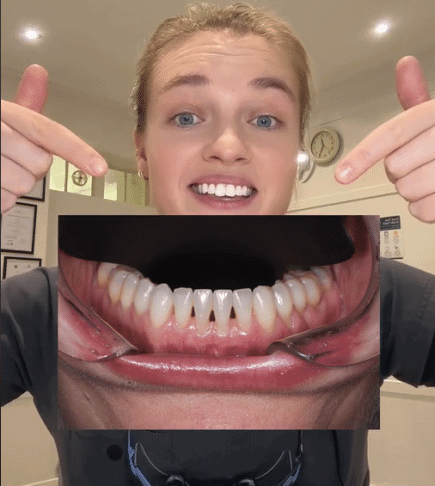
Dr. Abdul Azizi is the Principal Dentist at Harley Private Dental Clinic, a “tranquil and luxurious sanctuary” in the heart of Sheffield, England, where patient health and well-being are prioritized. With a background in biomedical science and a Bachelor’s in Dental Surgery, Dr. Azizi leads a skilled and compassionate team that provides general care, implants, and cosmetic dentistry. Recently, he explained that black triangles between teeth are simply gaps that form, caused by a variety of factors.
Expert Explanation
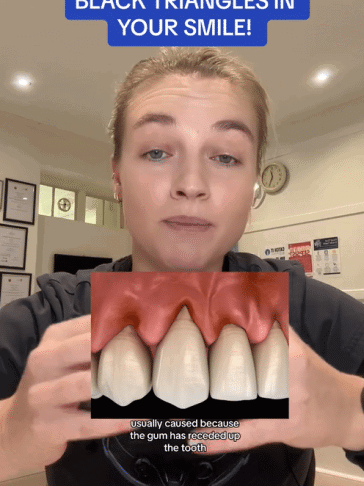
These black triangles usually appear around the gum line and can trap food or plaque, making them more noticeable. According to Dr. Azizi, “Black triangles between your teeth are not inherently dangerous but may indicate oral health concerns such as gum disease or recession.” While not always linked to poor hygiene, they can be caused by factors like genetics, tooth shape, size, and placement. Dr. Azizi stresses that, although cosmetic, these gaps should be monitored as they can sometimes lead to cavities or other oral health issues.
Another Expert’s Take
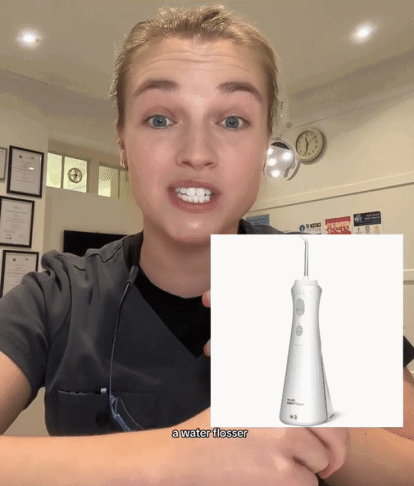
Dr. Anna Peterson, another well-known dentist with a large TikTok following, offers a different perspective. According to her, in some cases, these black triangles can be a positive sign, particularly after periodontal surgery. Peterson, who is popular for her helpful dental tips, explains in a video that black triangles might indicate reduced inflammation after treatment. She also provides tips on preventing these gaps from forming in the first place, emphasizing the importance of good oral hygiene.
Additional Causes
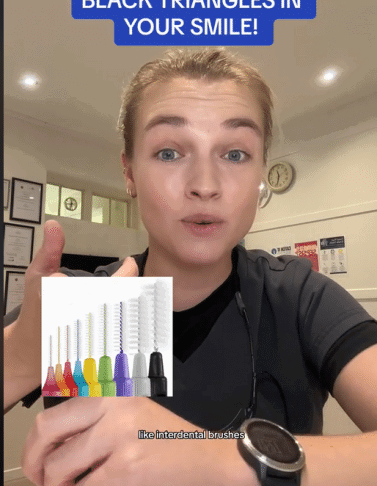
Dr. Azizi and Dr. Peterson’s advice is supported by other sources like Colgate. Black triangles can also be linked to pregnancy, diabetes, other medical conditions, or tobacco use, highlighting the need to maintain overall health in addition to oral hygiene.
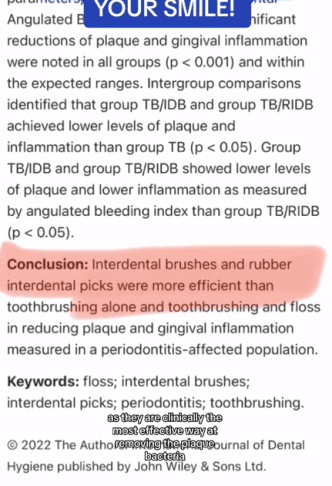
Prevention of Black Triangles
To prevent black triangles, Dr. Peterson advises cleaning between teeth at least once a day using floss or an interdental brush. Consistent oral care—including regular brushing, flossing, and dental checkups 1-2 times a year—is key to preventing gum disease and tooth decay, which can contribute to the formation of these gaps.
@annapetersondental Black triangles are not always caused from poor cleaning and sometimes black triangles are a sign that inflammation has reduced following periodontal treatment – which is a good thing! However to prevent getting black triangles watch this video. #gumdisease #blacktriangles #dentaladvice #oralhealth #health #dentalprofessional #dentalhygienist ♬ original sound – Anna Peterson
Treatment Options
For those already experiencing black triangles, Dr. Azizi explains that treatments are available. Options include orthodontic correction, gum grafting, veneers, or dental bonding. Some studies suggest that hyaluronic acid treatment may also help, though its long-term effectiveness is still being researched. Treatment choice depends on the severity of the black triangles.
Though aging and time can lead to dental issues, maintaining good hygiene and dietary habits can minimize these effects. “The best approach to address black triangles depends on the underlying cause and your specific oral health concerns,” Dr. Azizi advises. Consulting with a dentist or orthodontist is essential to determine the most appropriate treatment.
